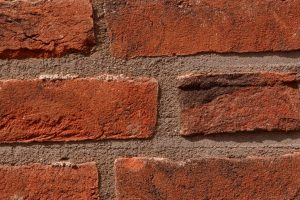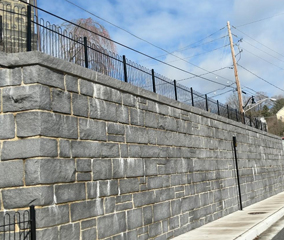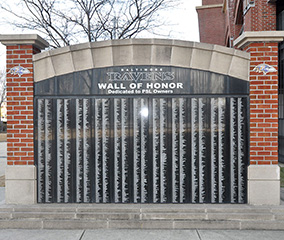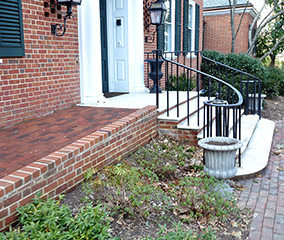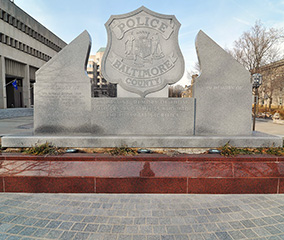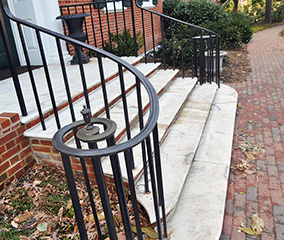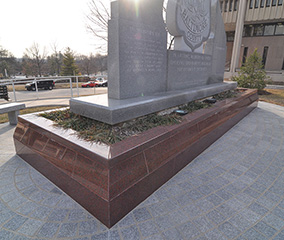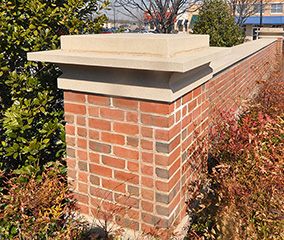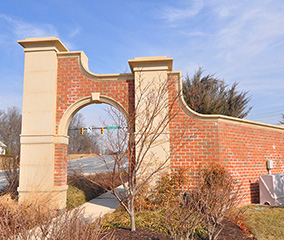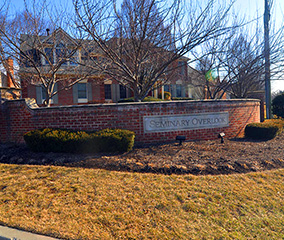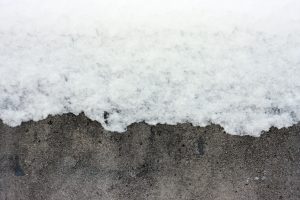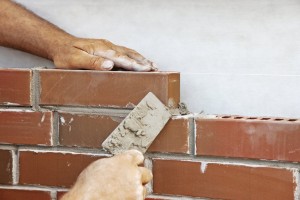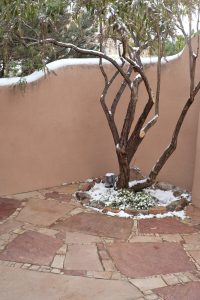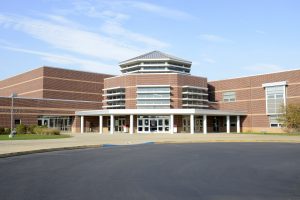
Choose brick because it’s timeless.
1. Genuine clay brick is a durable, natural material.
Brick is made from clay and shale, two of the most abundant, natural materials on earth. These materials are fired through a kiln at up to 2000 degrees, fusing together into the durable material we call brick. Clay brick is actually much stronger than concrete brick, and boasts thousands of color and shade options that will not fade.
2. Brick has been in use for centuries.
Brick started as a building essential in the Near East and India over 5,000 years ago. It has since been used by the ancient Egyptians, the Indus Valley civilization and the Romans. Today, it remains a popular all-American building product that is a staple for our infrastructure. Still, bricks are also subject to much more stringent manufacturing processes. That means it performs better and more consistently than ever before.
3. Provides Superior Protection
Brick is a non-combustible material, meaning it is an excellent choice for cladding and resisting/confining fires. Structures built from brick also offer dramatically more protection from wind-blown debris, and provide superior moisture control than other materials.
4. Brick Looks Better and Requires Less Maintenance
Brick is timeless. It won’t rot, dent, or need to be painted, and it cannot be torn up or eaten by termites. Brick features modular units and shapes that can fit with just about any architectural style, whether it’s colonial, Victorian, or post-modernist. It also tends to look better with age. Plus, brick absorbs noise, making it acoustically advantageous.
5. Brick is Sustainable and Energy-Efficient
Brick has exceptional “thermal mass” properties, meaning it has the ability to store heat and then slowly release. This helps brick structures stay cool during the hot summer months and warm during the winter. Brick also produces minimal waste, is incredibly recyclable, and otherwise incredibly environmentally friendly.
Masonry Repair and Restoration from Del Prete Masonry
For all of your questions regarding masonry repair and restoration, feel free to contact Del Prete Masonry. Our masonry restoration professionals have the experience and history of satisfied clients to prove that we’ll get the job done right, and cost-effectively. To get started with your masonry restoration project, please contact our office today at 410-683-0650 or email us at mike@delpretemasonry.com. We serve Baltimore City, County, Harford County, Carroll County, Anne Arundel County, and Howard County.
Keep up with our blog for masonry related information, and follow us on Facebook, Twitter, and Google+!
